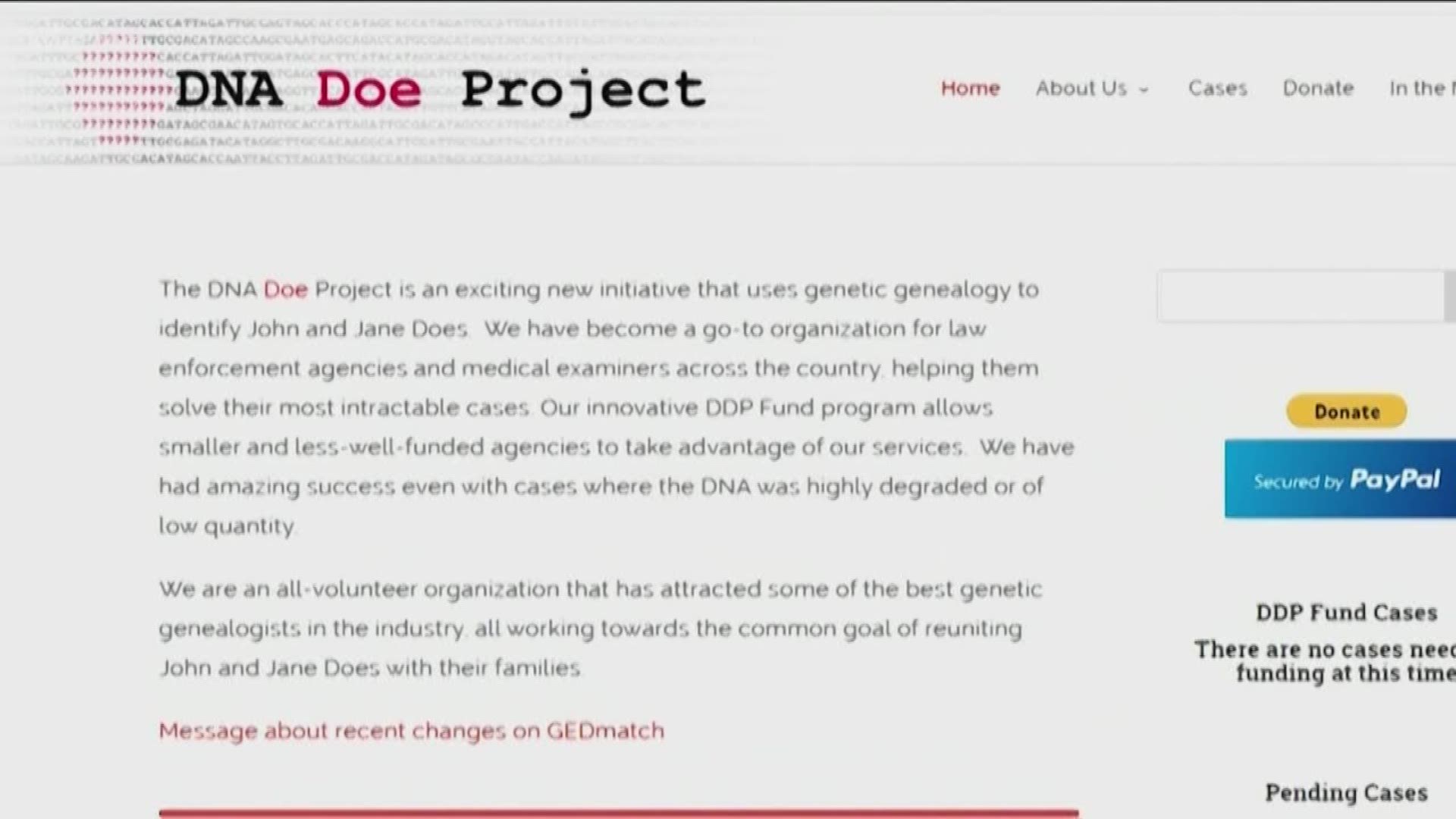SAN MARCOS, Texas — Editor's note: The above video is about a project that helps solve cold cases.
Forensic anthropologists at Texas State University have been awarded $280,000 to explore the pros and cons of using drones to locate and identify human remains.
The U.S. Department of Justice awarded the grant to the Forensic Anthropology Center at Texas State (FACTS) for use on a two-year project. One initial challenge is documenting the ways drone technology – including infrared, hyperspectral and multispectral imaging – differs from what forensic anthropologists currently use.
For example, the actual temperature readings a drone records for a body may not be accurate and therefore couldn't be used for forensics analysis or testifying in court. But, when searching for human remains, the temperature difference itself – however accurate – could help find a body.
According to Texas State, the grant also addresses the difficulty of locating human remains in potentially large search areas. Daniel Wescott, the director of FACTS, cited a case where a woman went missing in an undeveloped area of Hays County and wasn't found for several days despite extensive searching that included an ariel drone.
When her remains were found, the searchers realized the drone had photographed the area where she was found and when the photos were reexamined, her body was readily identifiable because, at that point, they knew what to look for.
"If you've got someone missing that was wearing a red shirt, you could develop algorithms that look for red that's not natural," Wescott said. "The idea is, instead of just giving searchers the images, use computers to search those images with algorithms and provide them with a report on the best places to [search]. The idea is that, eventually, we'll be able to do it real-time, with drones in the air."
RELATED:
Wescott added that if standardized procedures could be set in place, with people being aware of what to look for, that could help law enforcement because they won't have time to dig through all the details.
"For search and documenting, it's going to be a pretty significant technological advance," Wescott said.
You can read more about the grant study here.
PEOPLE ARE ALSO READING:
- ‘I can’t breathe!’ | Video released from 2019 death of Austin-area black man in deputies’ custody
- Some Williamson County commissioners call for Sheriff Robert Chody to resign
- Austin-area leaders react to video of Javier Ambler's 2019 death in deputies' custody
- Texas reports record number of COVID-19 hospitalizations
- List: Black-owned Austin-area businesses you can support

